Located in the heart of Florence and near the Central Market Square, the San Lorenzo Basilica is one of the city’s most iconic churches and a central site in Medici history.
It combines Renaissance architecture with sumptuous interior decoration, including numerous chapels and works of art. It is also famous for the Medici family tombs and the works of Donatello and Brunelleschi.
San Lorenzo attracts visitors both for its architecture and artistic masterpieces as well as for its historical significance.
Not to miss
- The choir and nave designed by Filippo Brunelleschi.
- The Medici Chapel with tombs sculpted by Michelangelo.
- The Lorenzo Library and its monumental stairs designed by Michelangelo.
- The works of Donatello, notably in the adjoining museum.
- The cloister and sacristy, with Renaissance frescoes and sculptures.
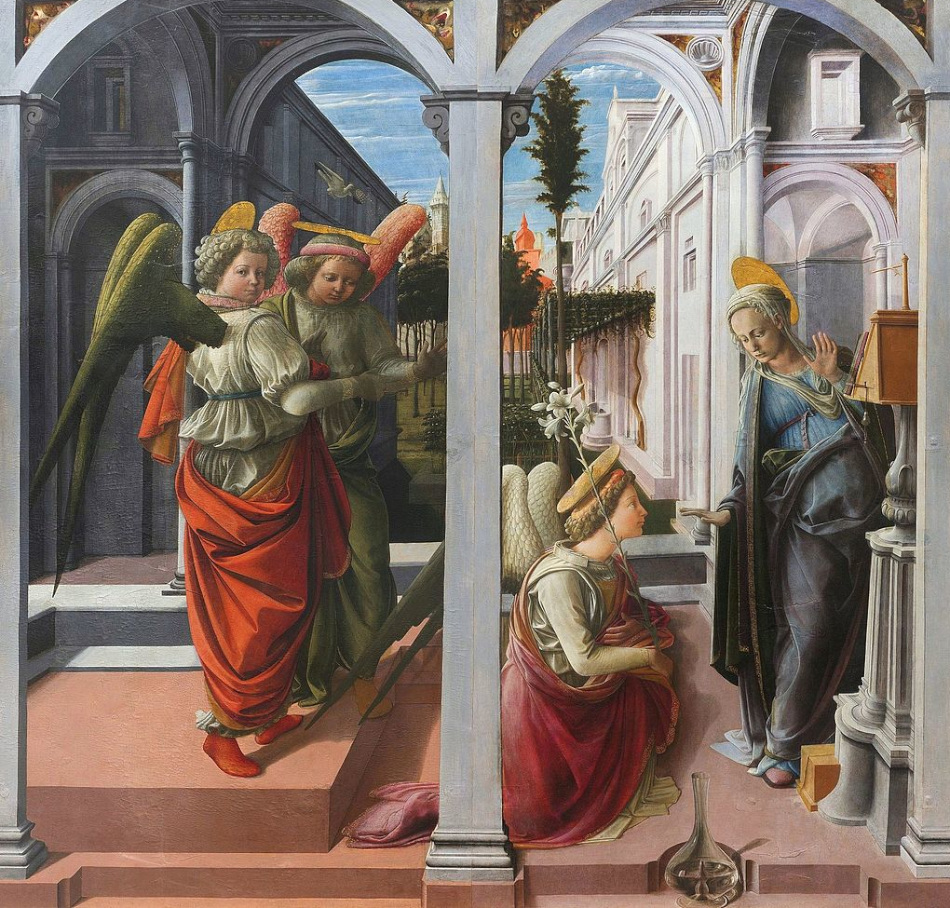
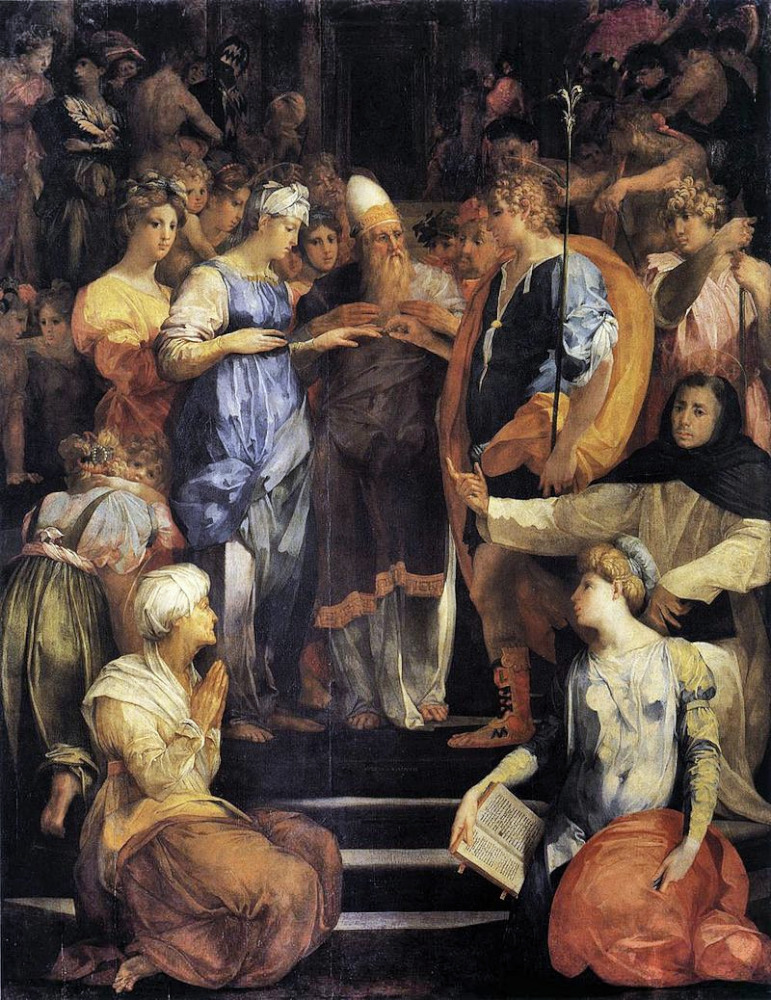
Description of the Basilica
San Lorenzo features a sober and harmonious architecture, emblematic of the Florentine Renaissance. The façade, designed but never completed by Michelangelo, remains simple and contrasts with the rich interior.
The central nave, flanked by spacious aisles, is illuminated by large rectangular windows, creating a bright and airy space.
The high altar is framed by classical columns and highlights the frescoes and sculpted decorations that adorn the chapels.
The Medici Chapel, designed by Michelangelo, houses the monumental tombs of family members, with allegorical figures representing Day, Night, Twilight, and Dawn. The floors and pavements are made of polychrome marble, typical of Florentine art.
The Old Sacristy, arranged by Brunelleschi, contains frescoes by Donatello and sculptures that reflect the evolution of Renaissance style.
The cloister, adjacent to the church, provides a quiet space, with elegant arches and a central garden.
The museum attached exhibits sculptures and liturgical relics, complementing the visit. The side chapels reveal richly decorated altarpieces, frescoes, and altars, while the Laurentian Library, with its monumental staircases, illustrates Michelangelo’s architectural genius.
Historical Overview
The Basilica of San Lorenzo was one of the first churches in Florence to adopt a Renaissance style, thanks to Filippo Brunelleschi who built the nave and the sacristy in the 15th century. It served as the main chapel for the Medici family, thus becoming a site of political and religious prestige. Over the centuries, Michelangelo contributed to its decoration with the Medici Chapel and the Laurentian Library. The basilica underwent several phases of expansion and renovation, incorporating works by Donatello and numerous Florentine artists. San Lorenzo remains a symbol of Medici patronage and the cultural flourishing of Florence during the Renaissance.
Where San Lorenzo is located in Florence
If you see this after your page is loaded completely, leafletJS files are missing.
Information, Tickets and Links
Tickets and Museum Passes
Further Reading Links
- Official website of the Medicean-Laurentian Opera
- English Wikipedia – Basilica of San Lorenzo, Florence
Florence Category Articles
- Florence
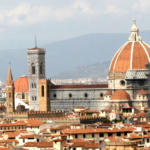 Florence, the capital of Tuscany crossed by the Arno River, has ...
Florence, the capital of Tuscany crossed by the Arno River, has ... - What to see in Florence: monuments, squares and museums
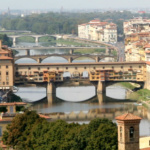 To explore Florence, at least 3 days are needed. The historic ...
To explore Florence, at least 3 days are needed. The historic ... - Interactive map of Florence
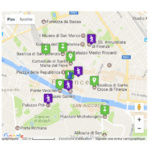 Map of Florence with its major monuments, places and museums Articles about ...
Map of Florence with its major monuments, places and museums Articles about ... - Hotels in Florence
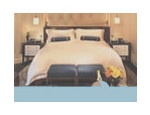 Hotels in Florence
Hotels in Florence - Visit Florence in 2 or 3 days
 A three-day stay in Florence allows you to discover the main ...
A three-day stay in Florence allows you to discover the main ... - Tickets and tours in Florence
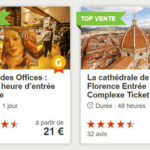 Florence touristic pass and combined tickets Excursions, visites guidées et billets à ...
Florence touristic pass and combined tickets Excursions, visites guidées et billets à ... - 16 Tuscan foods to try
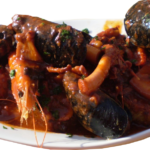 The Tuscan cuisine, particularly Florentine, is a celebration of simplicity and ...
The Tuscan cuisine, particularly Florentine, is a celebration of simplicity and ... - Florence Cathedral
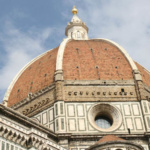 The Cattedrale di Santa Maria del Fiore, symbol of Florence, displays ...
The Cattedrale di Santa Maria del Fiore, symbol of Florence, displays ... - Palazzo Vecchio of Florence and museum
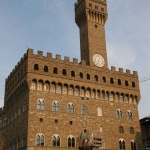 The Palazzo Vecchio (lit. “Old Palace”), one of the most iconic ...
The Palazzo Vecchio (lit. “Old Palace”), one of the most iconic ... - Ponte Vecchio
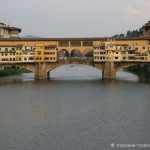 The Ponte Vecchio (lit. “the Old Bridge”) is one of the ...
The Ponte Vecchio (lit. “the Old Bridge”) is one of the ... - Piazza della Signoria
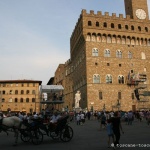 Piazza della Signoria is the political and historical heart of Florence. ...
Piazza della Signoria is the political and historical heart of Florence. ... - Churches in Florence
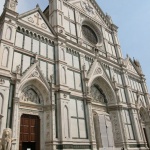 Florence, the cradle of the Renaissance where architecture, art, and history ...
Florence, the cradle of the Renaissance where architecture, art, and history ... - Museums in Florence
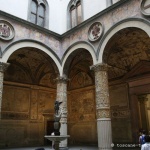 Florence, cradle of the Renaissance, is a true capital of art ...
Florence, cradle of the Renaissance, is a true capital of art ... - Uffizi Gallery
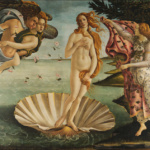 La Uffizi Gallery in Florence is one of the most famous ...
La Uffizi Gallery in Florence is one of the most famous ... - Santa Croce Basilica in Florence
 The Basilica of Santa Croce, built beginning in 1294, is the ...
The Basilica of Santa Croce, built beginning in 1294, is the ... - Santa Maria Novella Basilica in Florence
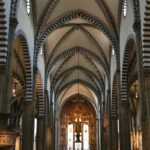 Santa Maria Novella is the large Dominican church located at the ...
Santa Maria Novella is the large Dominican church located at the ... - Palazzo Pitti, its museums and the gardens of Boboli
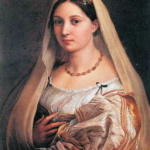 Palazzo Pitti is one of the largest buildings in Florence and ...
Palazzo Pitti is one of the largest buildings in Florence and ... - Gallery of the Academy of Florence
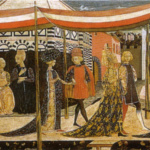 The Gallery of the Academy (Galleria dell’Accademia in Italian) is one ...
The Gallery of the Academy (Galleria dell’Accademia in Italian) is one ...

No Comments Yet